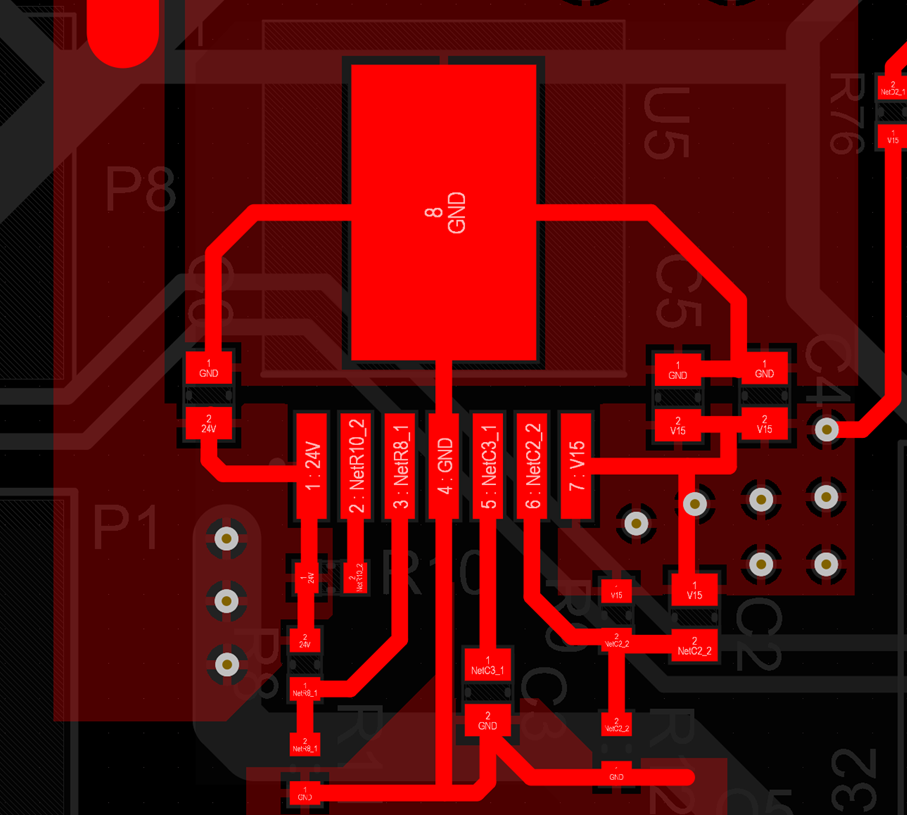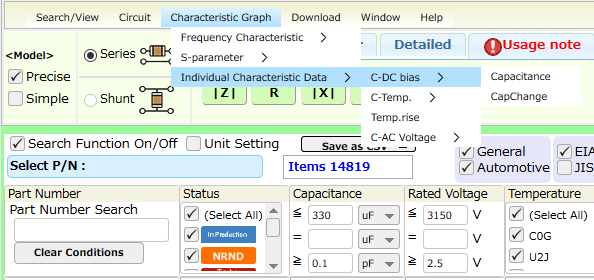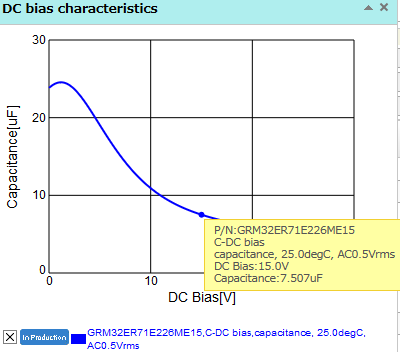Hello,
We have designed a circuit based on your LMZ14203HTZ/NOPB with 24V input 15 V output. It works but after several units have been assembled, we found that suddenly it breaks, we have 4 LMZ14203HTZ/NOPB that are now a short circuit. Desoldering just this chip and soldering a new one makes de whole circuit work again, so we are pretty sure that this is the only chip being damaged.
This is the schematic, that is datasheet recommended circuit
Layout is also copied from datasheet
On normal operation it drains 24V@0.18A and supplies 15V@0,28A on power up it could require more current, but in this magnitude.
The conditions for the 3 broken chips were different:
Unit #1 normal operation powered form a dc power supply benchtop. It brokes on power up, so after one power off and power on, it suddenly drains 2A. no change between the power up that makes the circuit broken and several power ups before. It is not clear how to reproduce this
Units #2 and #3. Broken on CE marking lab tests, the power is connected trough a couple/decouple net as the test requires (M2 net model so no PE line that can be seen on this image). With this connection the chip brokes at first power on, on two separate units. it is clear how to reproduce this, but we don’t have this equipment on our facilities
As the circuit is working on certain conditions, and the schematic is copied from the datasheet, the layout is as suggested, could you help us to find the root cause of this problem, and suggest circuit modifications for avoid this problems?
Best regards







